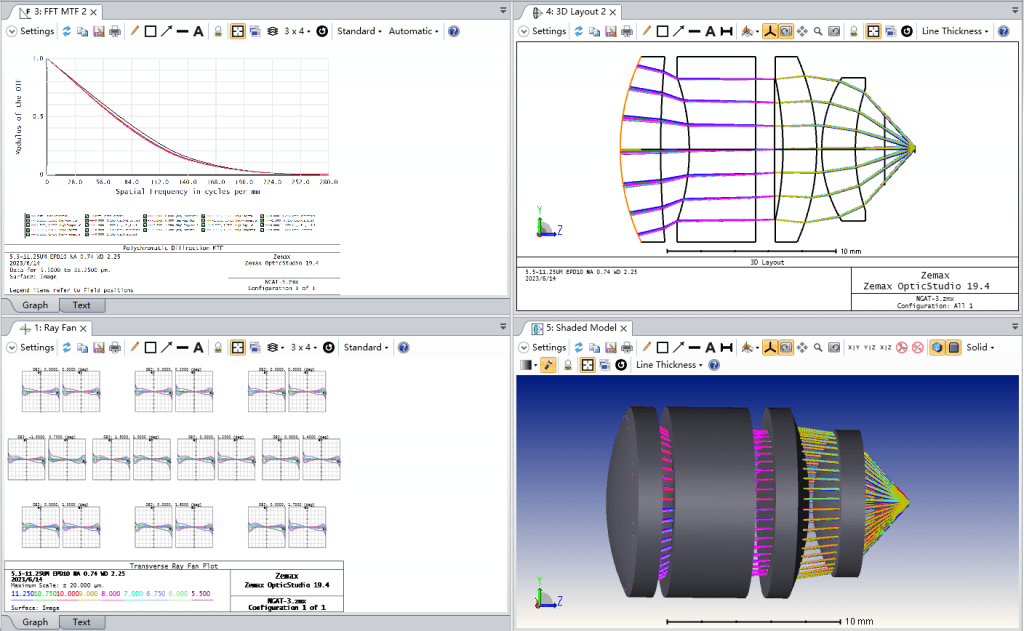Infrared lens design and assemblies are crucial in the development of advanced imaging and sensing technologies. These technologies have found widespread use in a variety of applications, including night vision, thermal imaging, and long-range surveillance.

The design and assembly of infrared lenses involve a range of optical systems that are optimized for different wavelength ranges. For instance, long-wave infrared (LWIR) cameras can detect thermal radiation in the 8-12 µm wavelength range, while mid-wave infrared (MWIR) cameras can detect radiation in the 3-5 µm range. Short-wave infrared (SWIR) imaging operates in the 0.9-1.7 µm range.
The key component of any infrared imaging system is the camera core, which contains the imaging sensor and lens assembly. In many cases, uncooled thermal imaging sensors, such as those based on microbolometer technology, are used in the camera core. These sensors can detect thermal radiation without requiring cooling, which makes them ideal for use in portable and low-power systems.
The lens assembly used in an infrared camera is typically made from materials that are transparent to infrared radiation, such as germanium, silicon, and zinc selenide. These materials have unique optical properties that make them suitable for use in infrared optics, including high refractive indices, low dispersion, and good transmission in the infrared wavelength range.
The focal length of an infrared lens assembly is critical to the overall performance of the camera. A longer focal length can improve the long-range detection capabilities of the camera, while a shorter focal length can provide a wider field of view.
In addition to the lens assembly, infrared cameras may also include other optical components, such as filters and mirrors, that are used to control the spectral response and improve the overall performance of the camera.
One important development in the field of infrared imaging is the use of InGaAs sensors for SWIR imaging. These sensors offer improved sensitivity and lower noise compared to traditional SWIR sensors, which makes them ideal for use in applications such as spectroscopy and industrial inspection.
Overall, the design and assembly of infrared lenses and optical systems are critical to the performance and capabilities of infrared imaging technologies. By optimizing the design of these systems, researchers and engineers can develop advanced imaging and sensing technologies that have a wide range of applications in fields such as defense, security, and medicine.
GREAT ARTICLE!
Share this article to gain insights from your connections!

